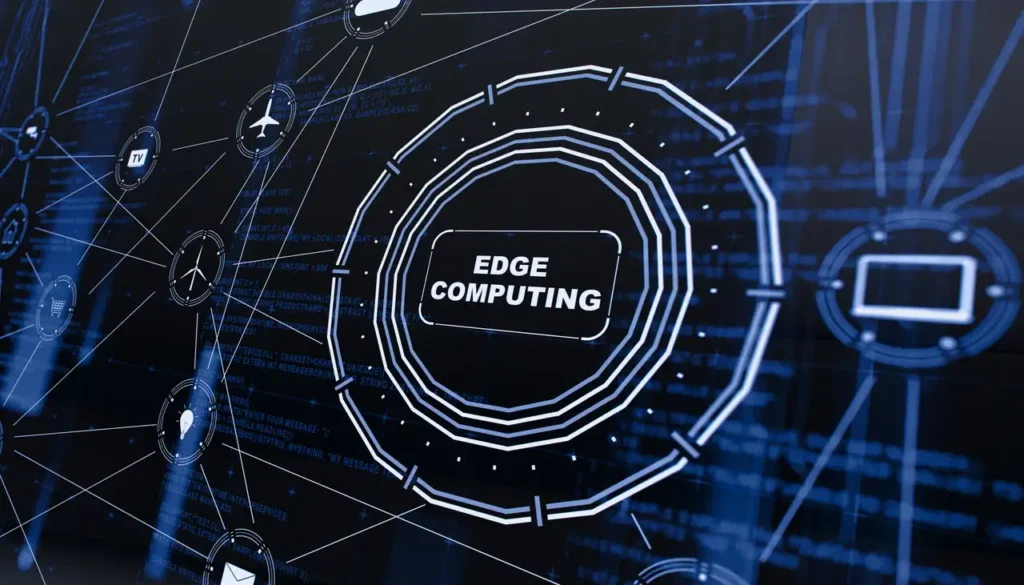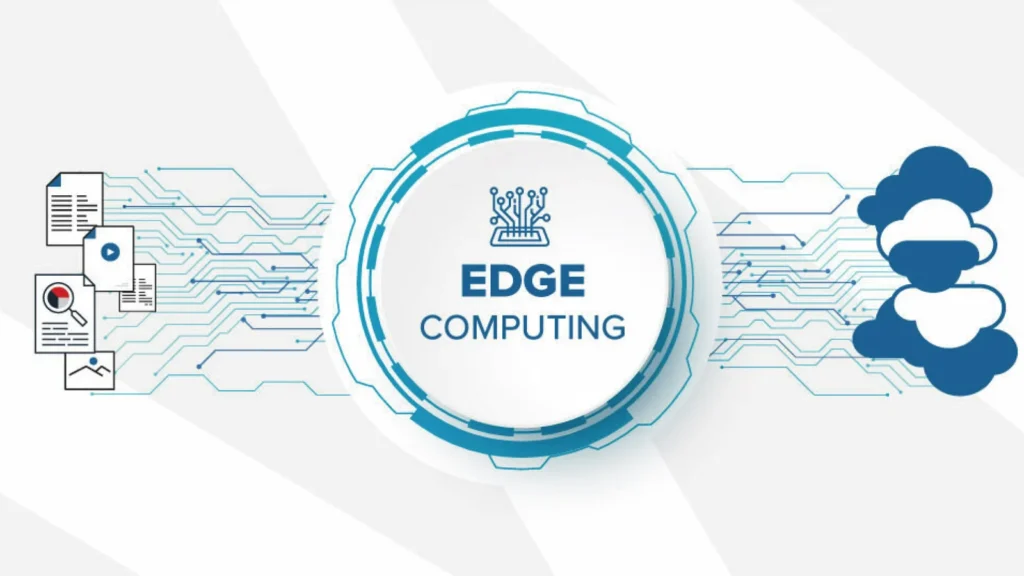Edge Computing: The Future of Cloud Services in 2025
Cloud computing has transformed how businesses manage data and deliver services over the past decade. Yet, as the volume of data and demand for real-time processing soar, traditional centralized cloud models face limitations. Enter edgecomputing — a revolutionary approach poised to redefine the future of cloud services in 2025 and beyond.
What Is Edge Computing?

Edge computing refers to processing data closer to its source — near or “at the edge” of the network — instead of relying solely on distant centralized data centers. This proximity reduces the latency involved in sending data back and forth to the cloud, enabling faster, more efficient processing.
Unlike traditional cloud computing, where all data is transmitted to remote servers, edge computing distributes processing tasks to local nodes such as routers, gateways, or edge servers.
Also read: From Prototype to Product: Agile Development Trends in 2025
Why Edge Computing Is Gaining Traction
The explosion of Internet of Things (IoT) devices — from smart home gadgets to industrial sensors — has created unprecedented data volumes requiring immediate action. Many applications, like autonomous driving or real-time health monitoring, cannot afford the delays inherent in centralized cloud processing.
Edge computing slashes latency by processing data near its origin, providing near-instant responses critical for time-sensitive applications. Additionally, by processing data locally, edgecomputing reduces bandwidth consumption and overall costs.
Key Benefits of Edge Computing

- Improved Speed and Performance: Localized data processing means faster computations and lower latency.
- Enhanced Data Security and Privacy: Keeping sensitive data close to its source limits exposure during transmission.
- Reduced Operational Costs: Less data sent to central servers lowers bandwidth and storage expenses.
Real-World Use Cases in 2025
Smart Cities: Edge nodes power traffic management, energy grids, and public safety systems with real-time analytics.
Autonomous Vehicles: Vehicles rely on edge processing for immediate decision-making to ensure safety.
Healthcare and Remote Monitoring: Wearables and remote diagnostic tools use it to provide rapid insights without depending on distant cloud servers.
Industrial Automation: Factories implement to monitor machinery and automate processes efficiently.
Also read: Digital Privacy in the Age of AI: What You Must Know for 2025
Challenges Facing Edge Computing
While promising, edgecomputing faces hurdles such as complex infrastructure deployment, potential security vulnerabilities at multiple points, and lack of standardized protocols.
How Edge Computing and Cloud Services Complement Each Other
Rather than replacing cloud computing, edge computing works alongside it. Hybrid architectures allow businesses to balance local and centralized processing, achieving optimal performance, scalability, and cost-efficiency.
The Future Outlook
Market forecasts predict robust growth for edgecomputing fueled by advancements in 5G networks, artificial intelligence, and machine learning technologies. As adoption expands, more innovative applications will emerge, solidifying edge computing’s role as a cornerstone of modern IT infrastructure.
In conclusion, It is not just a buzzword but a fundamental shift in cloud architecture. For businesses looking to stay competitive in 2025, understanding and leveraging computing capabilities will be key to delivering faster, smarter, and more secure digital services.

